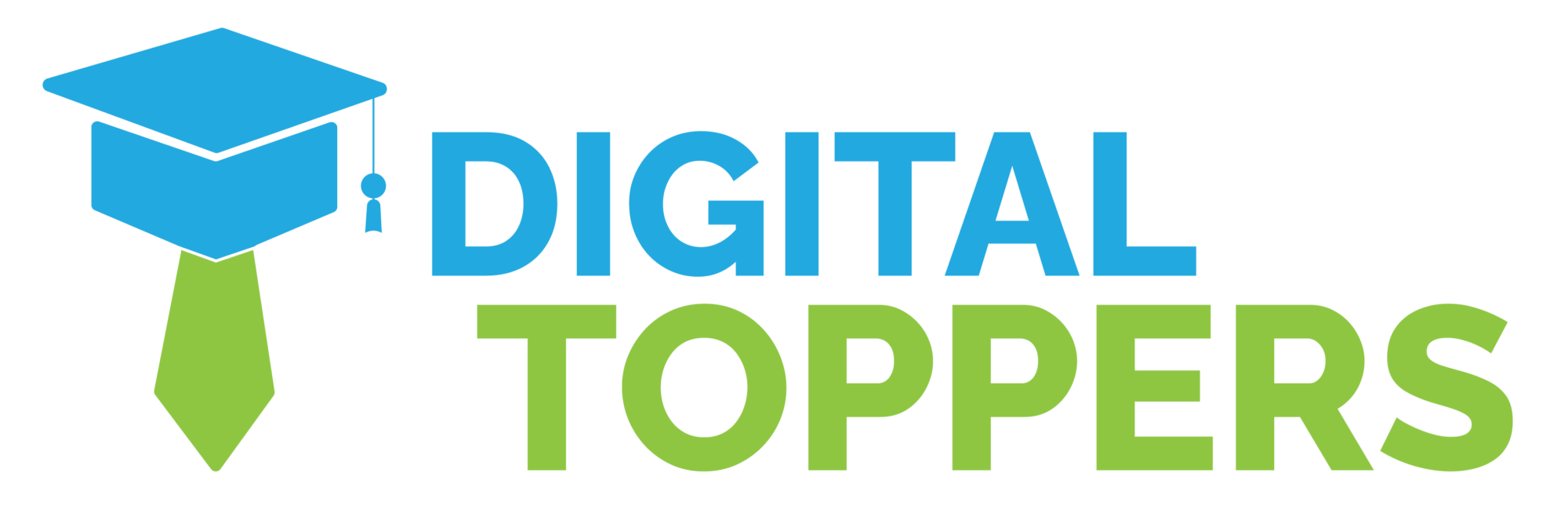What is Content creation?
The act of developing subject ideas that appeal to your buyer persona, creating written or visual material around those ideas, and making that information available to your audience as a blog, video, infographic, or other content forms is known as content creation.
What Is the Importance of Good Content?
Every day, millions of pieces of material are published online. Your material must be of excellent quality if you want to stand out and create an impression on your consumers (and potential customers). It implies it’s not just beautifully written and designed, but it’s also been created with your audience’s requirements in mind. The distinction between high-quality and low-quality information is stark: outstanding content climbs to the top, while terrible content fades into the internet’s emptiness. The amount of time and effort you invest into creating content for your brand is directly proportionate to the value you receive from it. High-quality material will assist you in the following ways:
- Make a name for yourself as an authoritative thinking leader.
- Expand your email list and subscription base.
- Keep your consumers interested.
- Create income.
What are the different forms of content?
Content, like people, comes in many forms and sizes. They each have their significance, influence, and return. As a result, knowing content mapping is crucial, which means that each content type has a defined function and reaches the desired stage of the buyer’s journey.
1)Infographics:
Would you like to communicate a procedure or statistics? This type of information is visually represented via infographics, which are easy to understand and at the top of the funnel. Examples include current trends, statistics, flowcharts, and milestones.
2)Blogs:
Quick or long-form writing centered on a certain subject. It’s an excellent structure for addressing ToFu and MoFu, as readers become immersed in researching topics of interest. Informational pieces, interview extracts, listicles, and storytelling are some examples.
3)White paper:
Do your study and findings require more room than a blog? Then demonstrate this to your audience by releasing a white paper. It captivates readers who want to delve deeply into a complicated subject. Industry advancements, studies, policy briefings, and eBooks are some examples.
4)Podcasting:
This audio format is fantastic for reaching your audience since it is an increasingly popular format and an exciting way to add a personal touch to your business. While it may be a unique piece of content, marketers also use it to recycle already-produced material. Long-form material that does not include a lot of data, leader perspectives, interviews, fast bites, or story-telling are some examples.
5)Videos:
If you believe that an audio-visual approach would better hold your audience’s attention, try creating videos. A compelling video may get viewers at any stage of the sales to funnel closer to a decision in a shorter period. Advertisers play with this format in a variety of ways, including animation, gifs, and sound effects. Instructional content, interviews, or product reviews are some examples.
6)case studies:
This is the most effective method for sharing success stories and third-party proof of your brand’s worth. They provide readers with essential information as well as a trust factor, which aids them in making decisions. Success stories, testimonials, and solution capabilities are a few examples.
Read our next blog to know about how to become a content creator and the skills you need for content creation.




